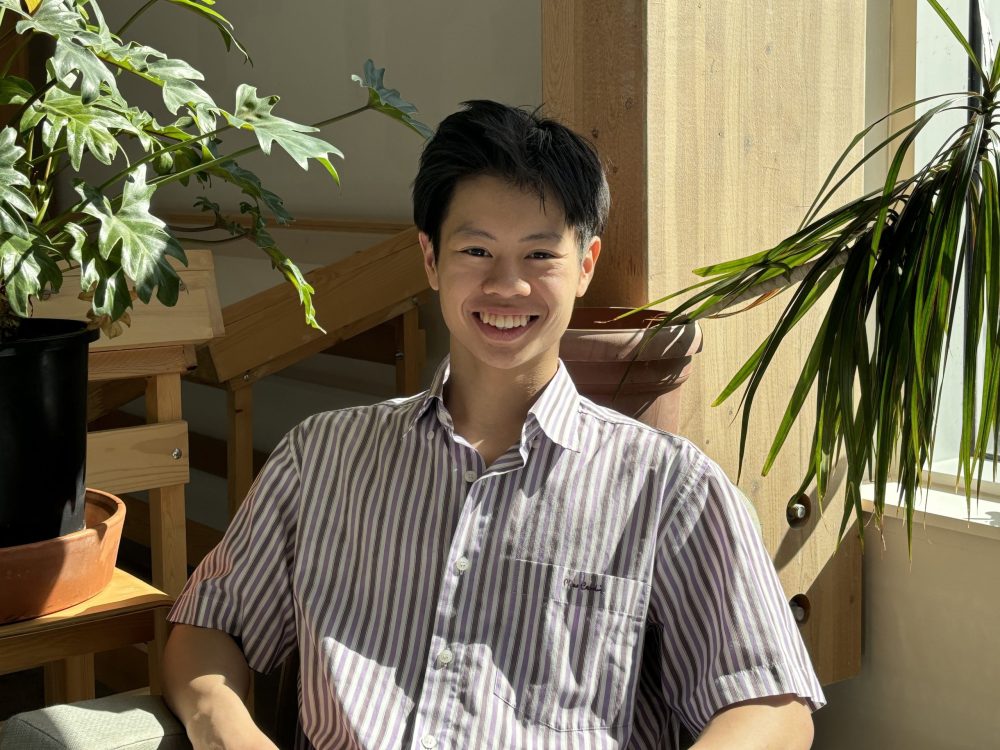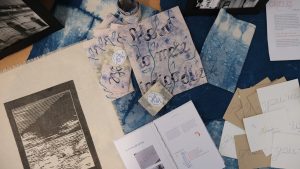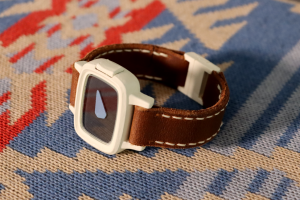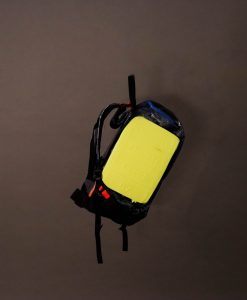Normal Project
Mark Warin Hanbunjerd
See it On Campus: Level 2
Visitor InfoMy work can be found at the sculpture gallery, the large glass space at the end of level 2
ECU Award Recipient
John C. Kerr Chancellor Emeritus Awards for Excellence in Design – Winner
AI has the ability to change everything, how will it change design?
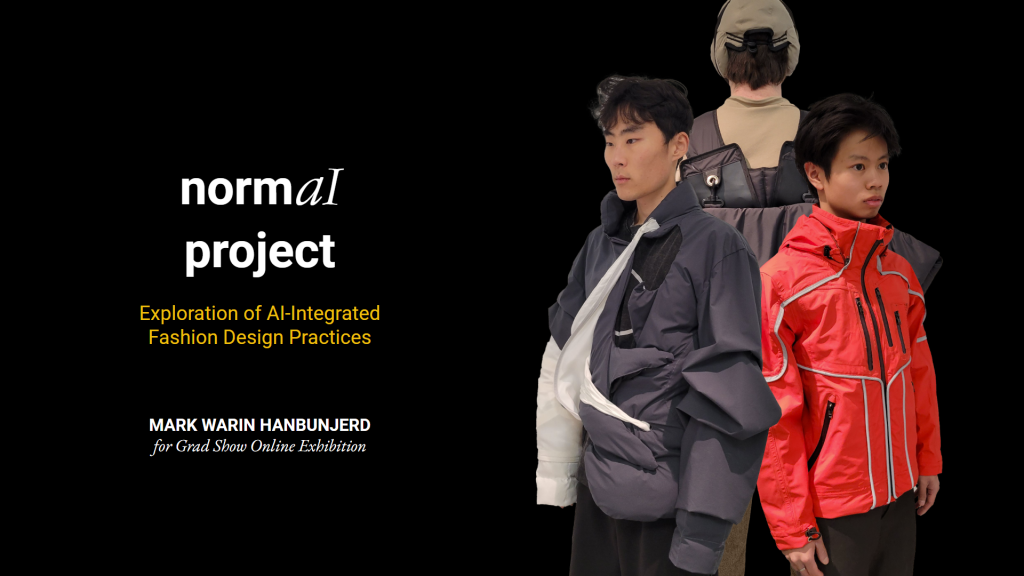
Abstract
This emergence of AI technology presents itself as an opportunity for exploration within a large expanse of fields, especially ones that are reliant on an image culture. Design is one of said field that would allow a natural collaboration and learning from the integration of AI, as designers, when equipped with the preliminary software and communication skills, can greatly utilize the benefits of AI. Furthermore, due to the vast capabilities of AI technology, even in its early forms, we can start to imagine how the field of design might radically change due to this new generative technology, and how this might affect existing industrial/fashion design practices. Using publicly available AI tools such as:
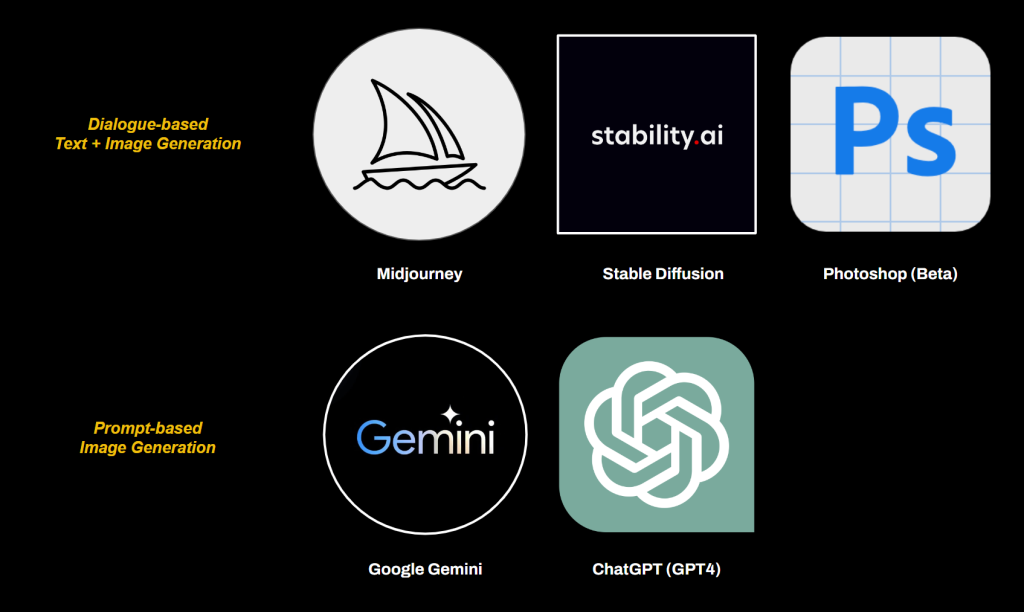
Normal project is a fashion design exploration aimed at investigating how AI can be integrated within the existing workflow of designers. It does this through showcasing a series of garments made with differing levels of AI-intervention:
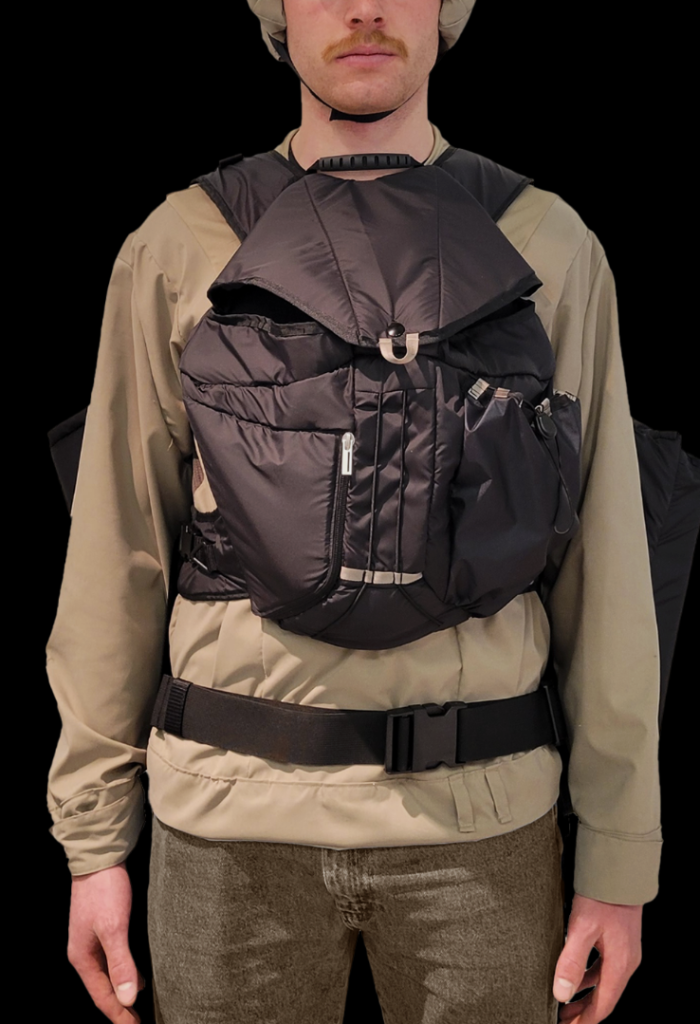
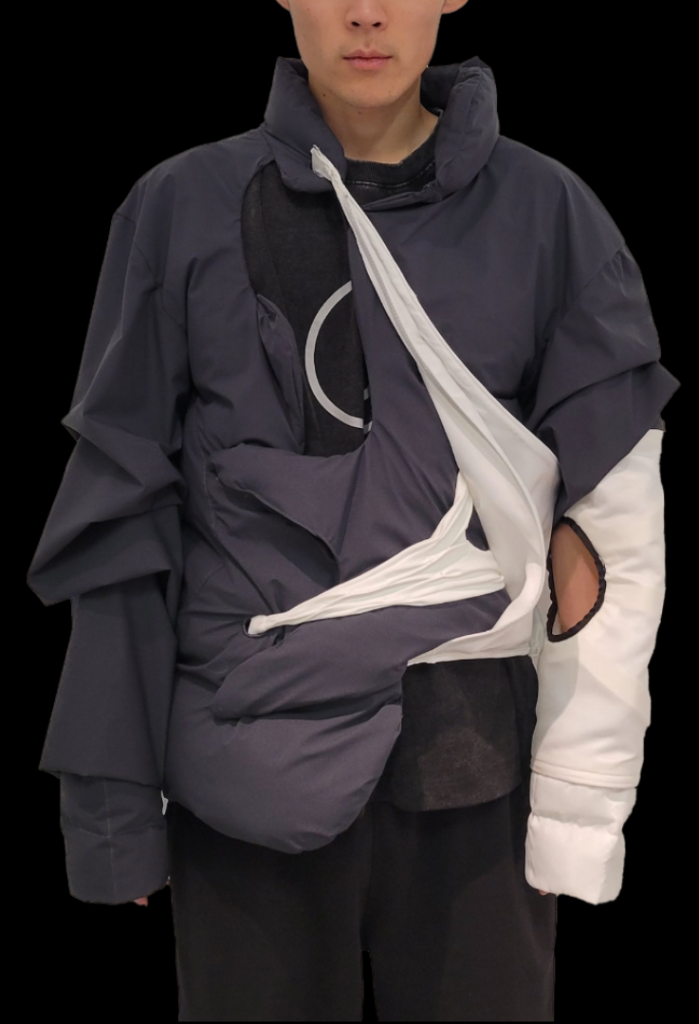
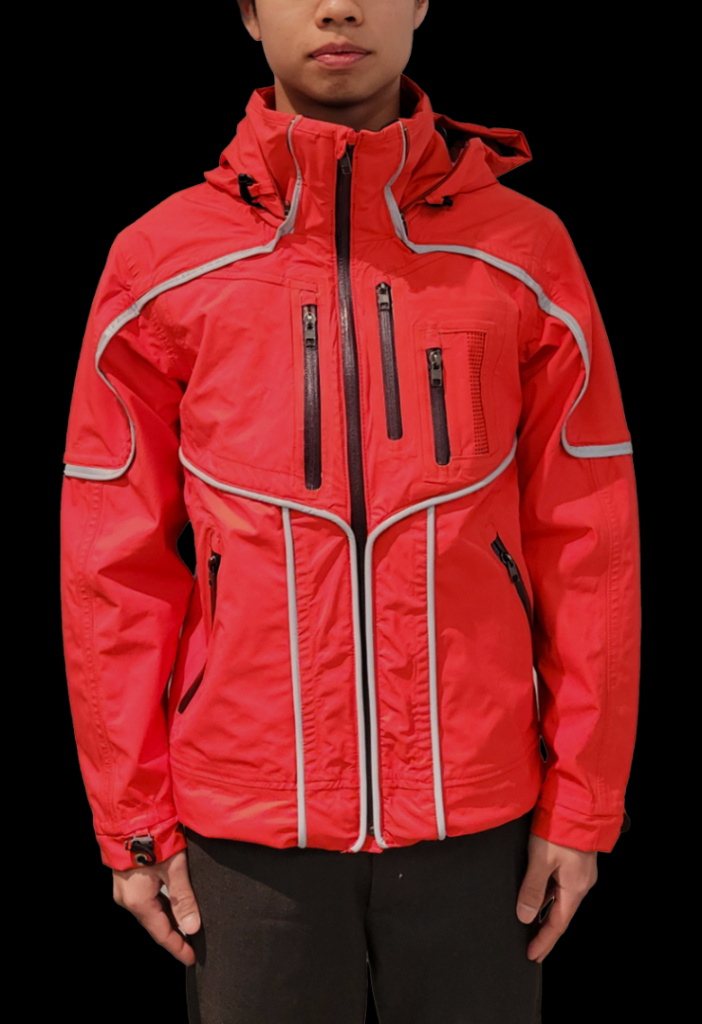
Iteration 1: Future Structures
Using AI as a tool
Low-level Usage of AI
Iteration 2: “Somewhere in Between”
Collaborating with AI Designers
Medium-level Usage of AI
Iteration 3: Object of Transgression
AI-led design project
High-level Usage of AI
The project starts with a simple question: How can AI be used as a tool to help assist designers in their existing practice?
Iteration 1: Future Structures
Low-level of AI Involvement: Using AI as a tool
Designing a speculative uniform for an artifact collector in the year 2200, coming to collect original human-made artifacts
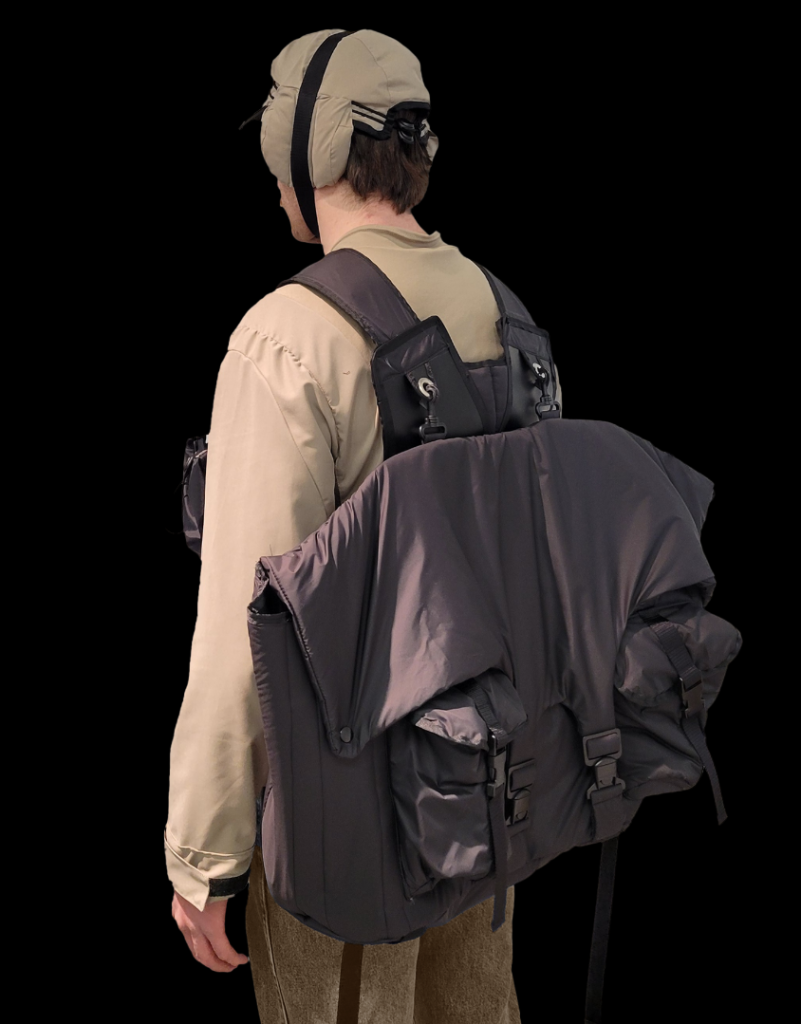
AI can be used as a tool by:
Utilizing the generative nature of AI within the conceptualization of the project, having it build from the knowledge and context you provide it, infinitely expanding on your ideas.
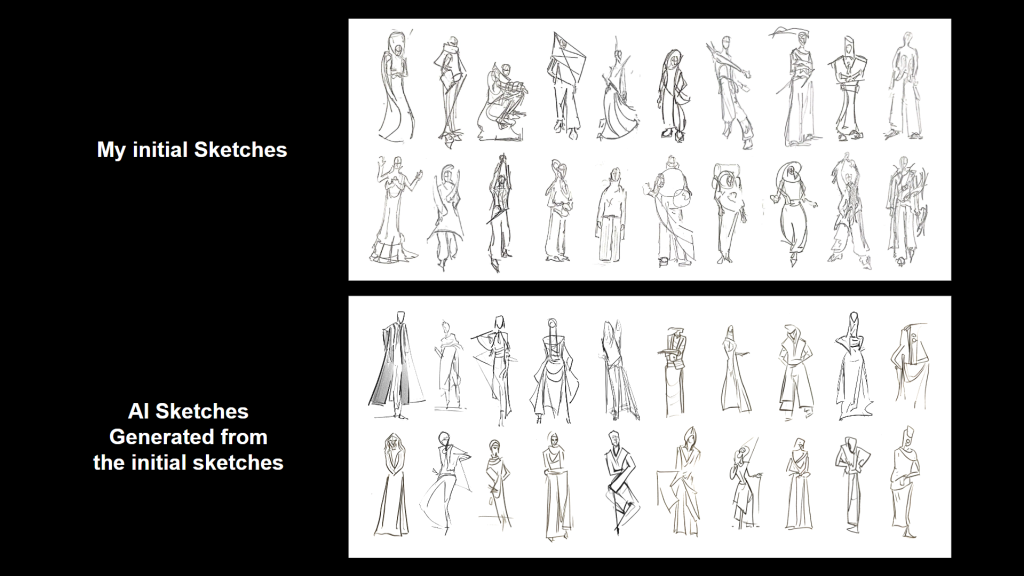
AI can be used as a tool by: Using AI as a tool for worldbuilding and narrative-making

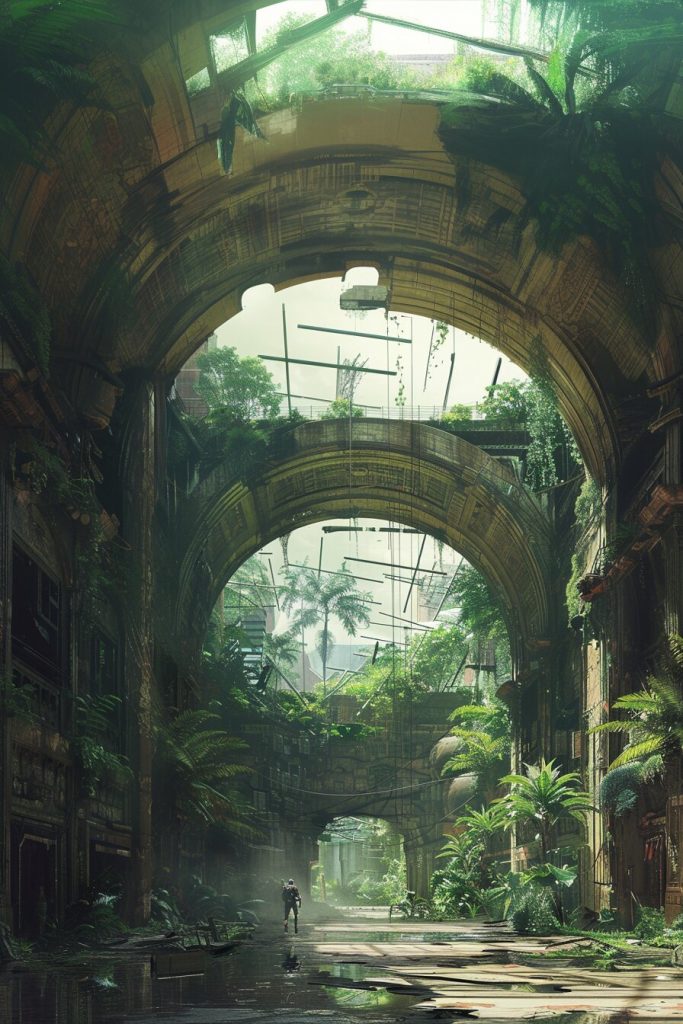
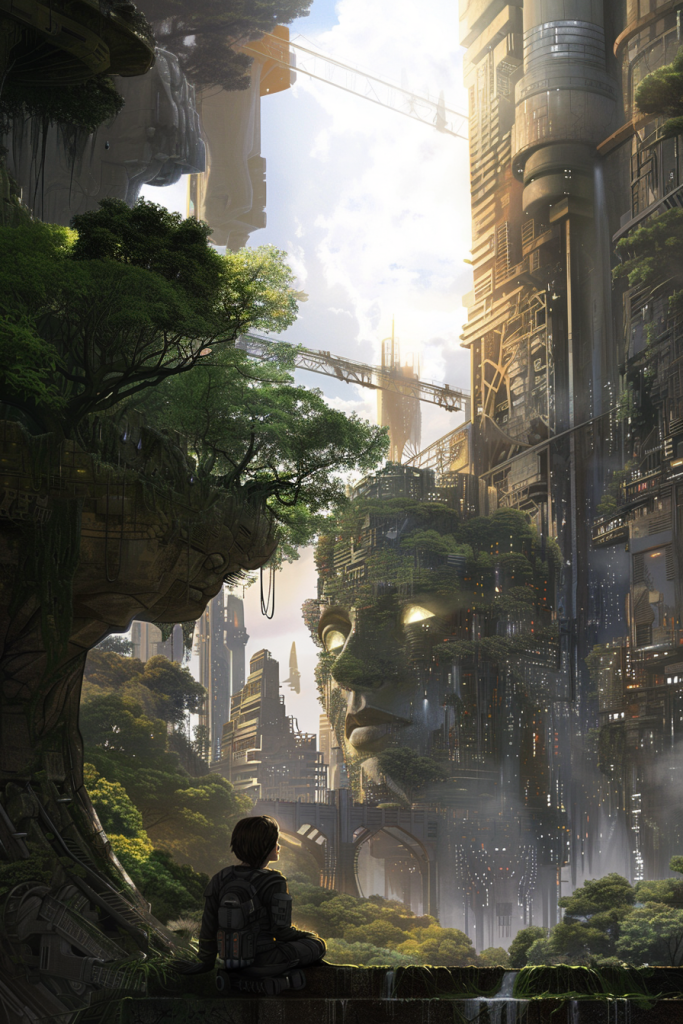
Concept: Artifact collector in the year 2200 archiving important human artifacts after AI has taken over all the creative endeavors of mankind.
Speculating the aesthetic, equipment, uniform of the Artifact collector as well as the environment/world in which he belongs in.
Prompt: Scifi anthropologists archiving human artifacts in a remnant earth
AI can be used as a tool by: Allow it to shifting our roles to ones that is more curatorial through presenting an alternative method of expressing one’s idea. Also making design more accessible to everyone.
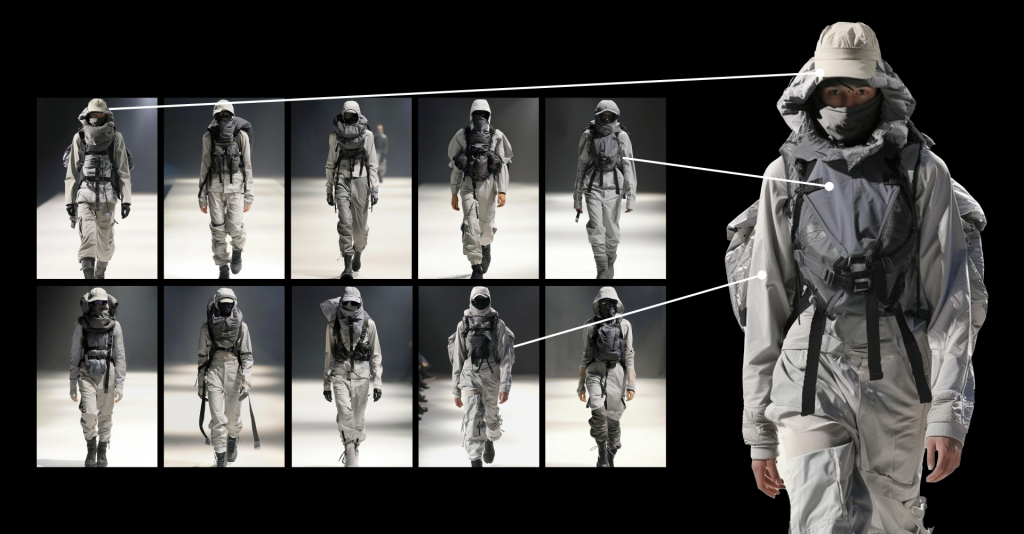
Series of runway looks generated based on a desired aesthetic of the artifact collector – Used as an initial inspiration for the form explored in Iteration 1
AI can be used as a tool by: Allowing us more time to physically express our ideas through sketching, rapid-prototyping, creating digital models, etc.
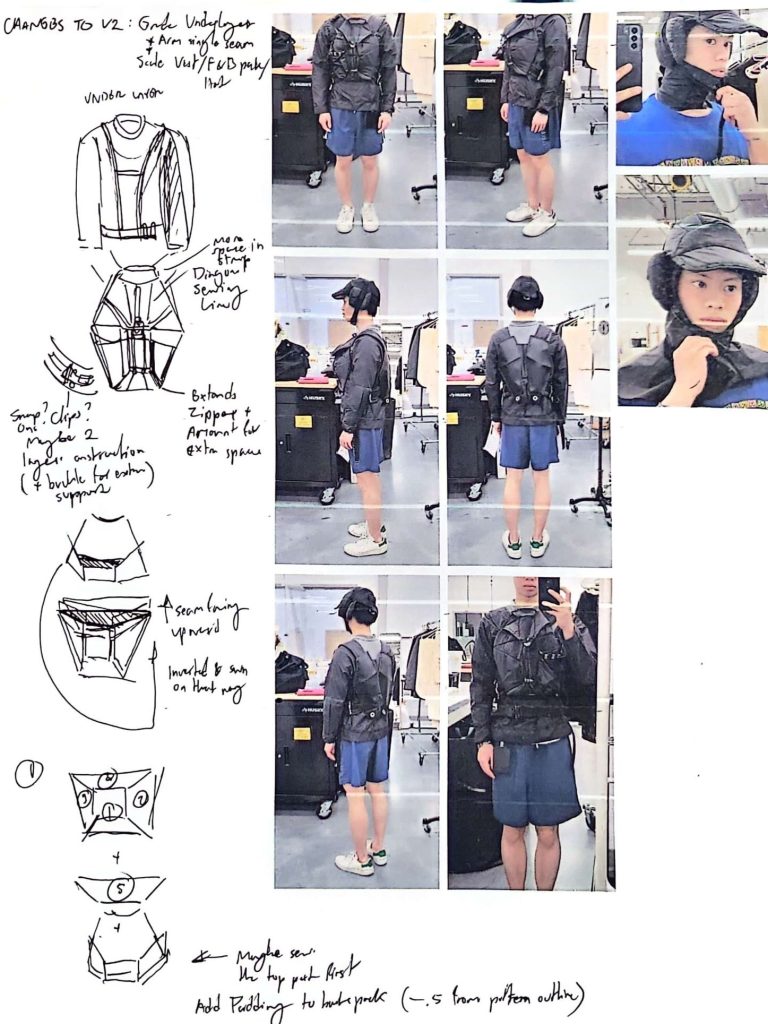
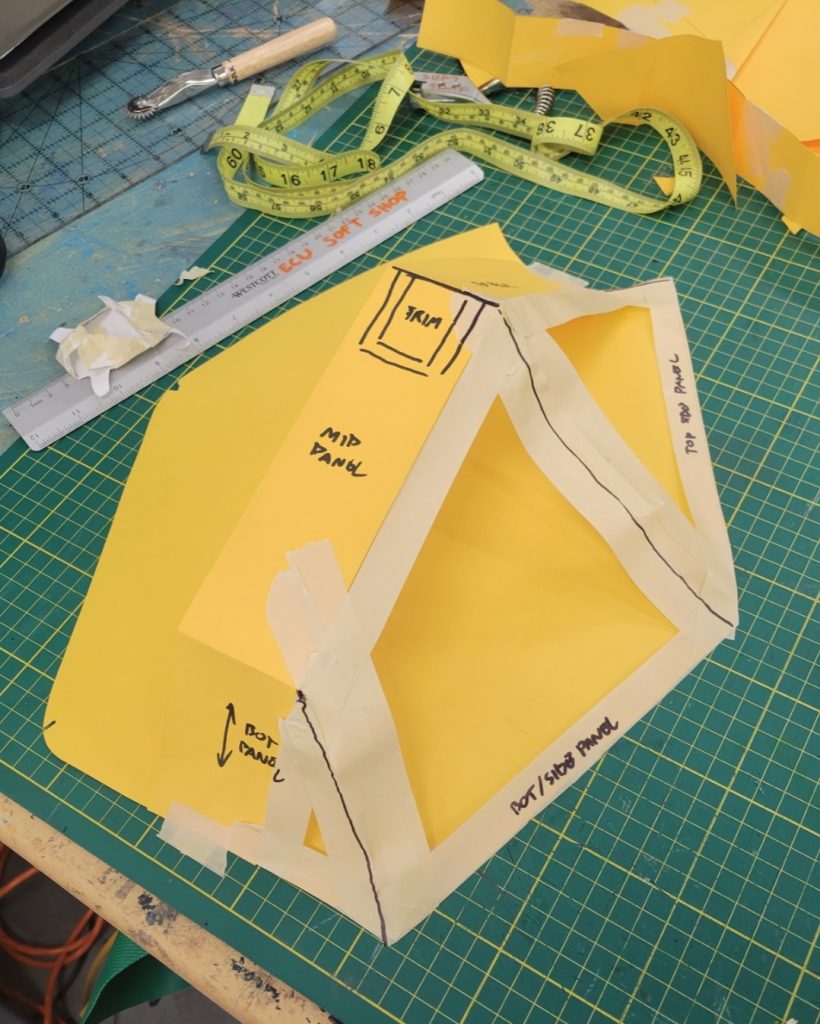
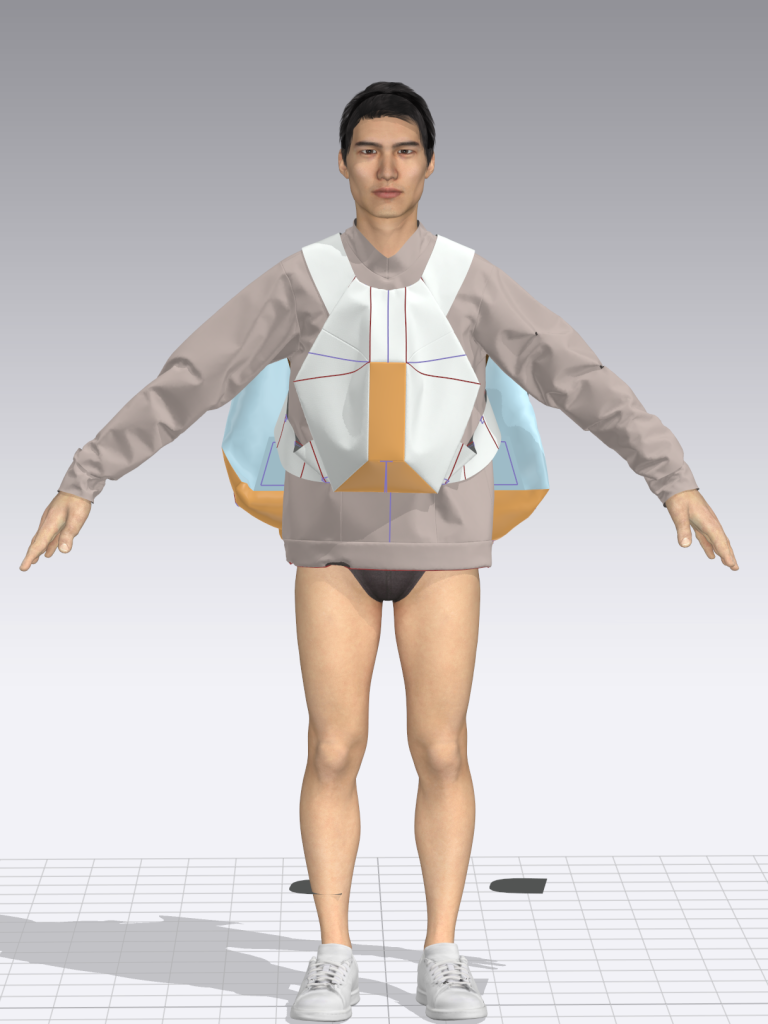
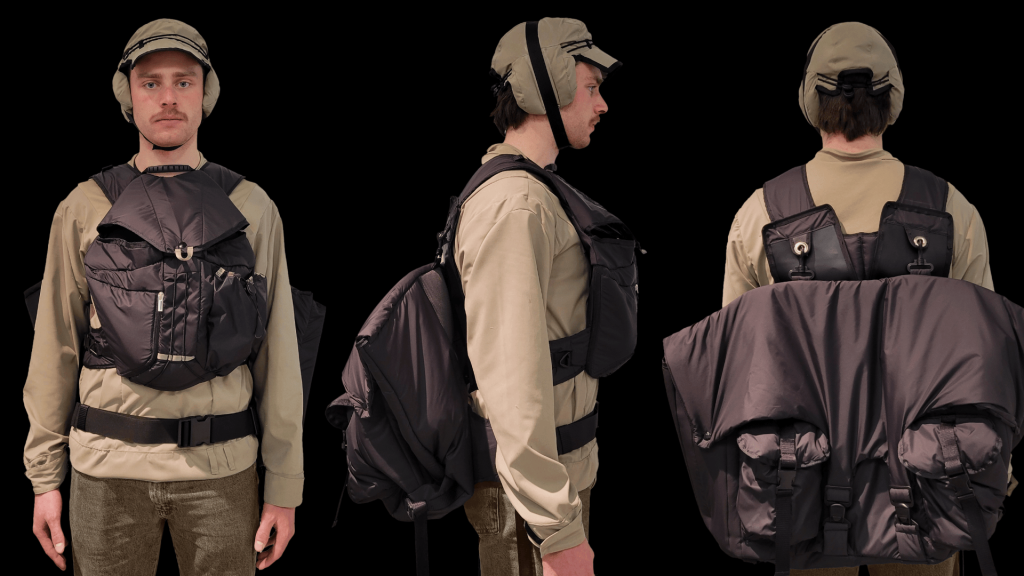
Uniform of an artifact collector in the 2200, coming back to desolate Earth to gather original human-made artifacts
But what if we become so reliant on these technology that the line of authorship starts to become blurry? What if our role changes from that of a sole creator to a collaborator?
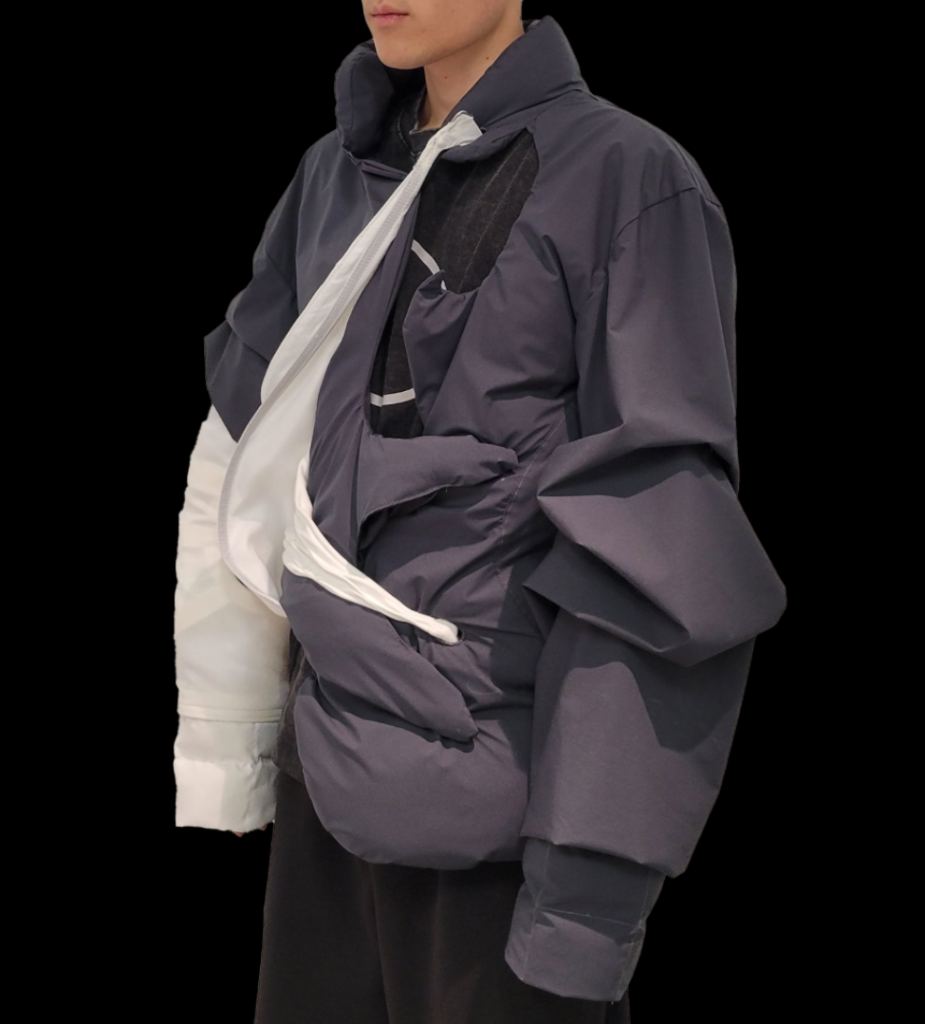
Iteration 2: “Somewhere in Between”
Medium-level of AI Involvement: Collaborating with AI Designers
Designing a unconventional, asymmetrical garment.
What does that process of collaboration look like?
It looks like: bringing in different specialties into the project based on the capabilities of the AI
Adrian.
Capabilities: Ability to access the internet
Task delegated to Adrian to do secondary research on fashion trends, relevant pattern manipulations, and possible forms while I conduct physical material research in parallel to this process.
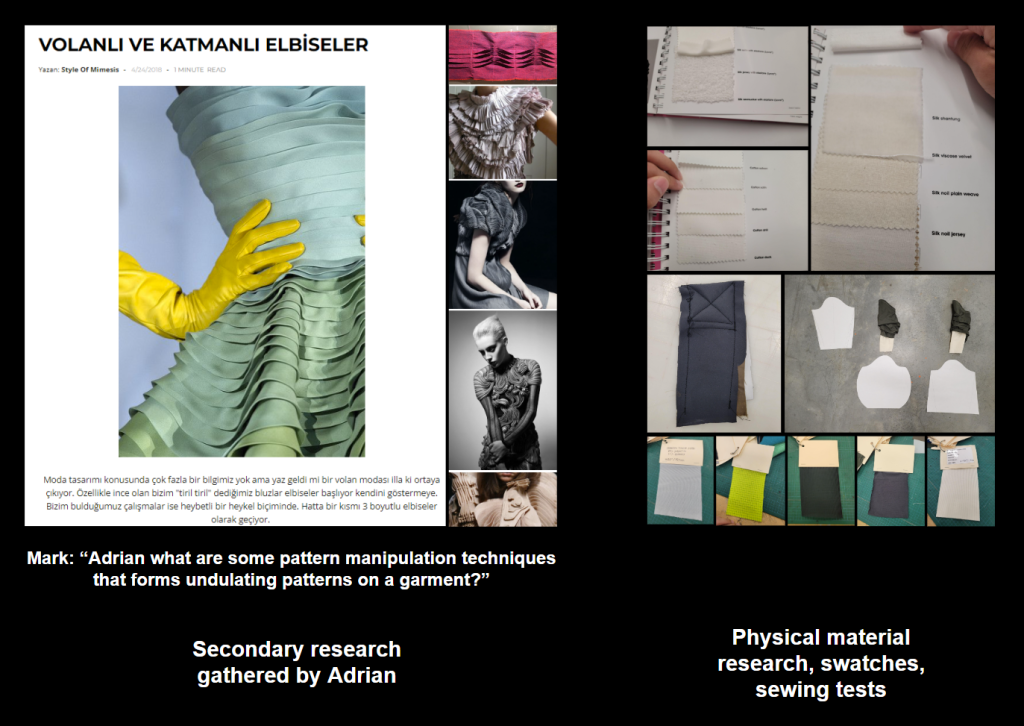
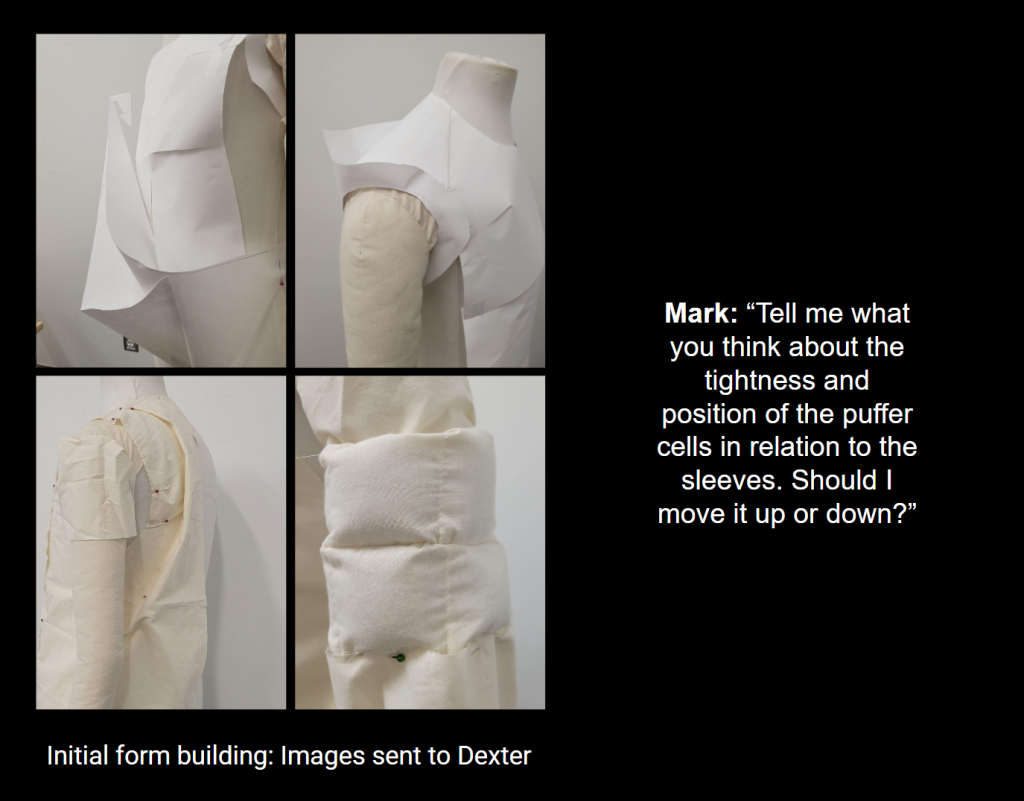
Dexter.
Capabilities: Ability to take in and analyse images
Collaborating with Dexter in a physical workspace through sending him photos and conversing using voice commands, asking him for suggestions while I manipulate and prototype the physical forms of the garment.
Elias.
Capabilities: Ability to generate images
Having Elias use me as a vector to communicate to the other AI team members, to visualize and generate design concepts based on the mine and Dexter’s ideas.
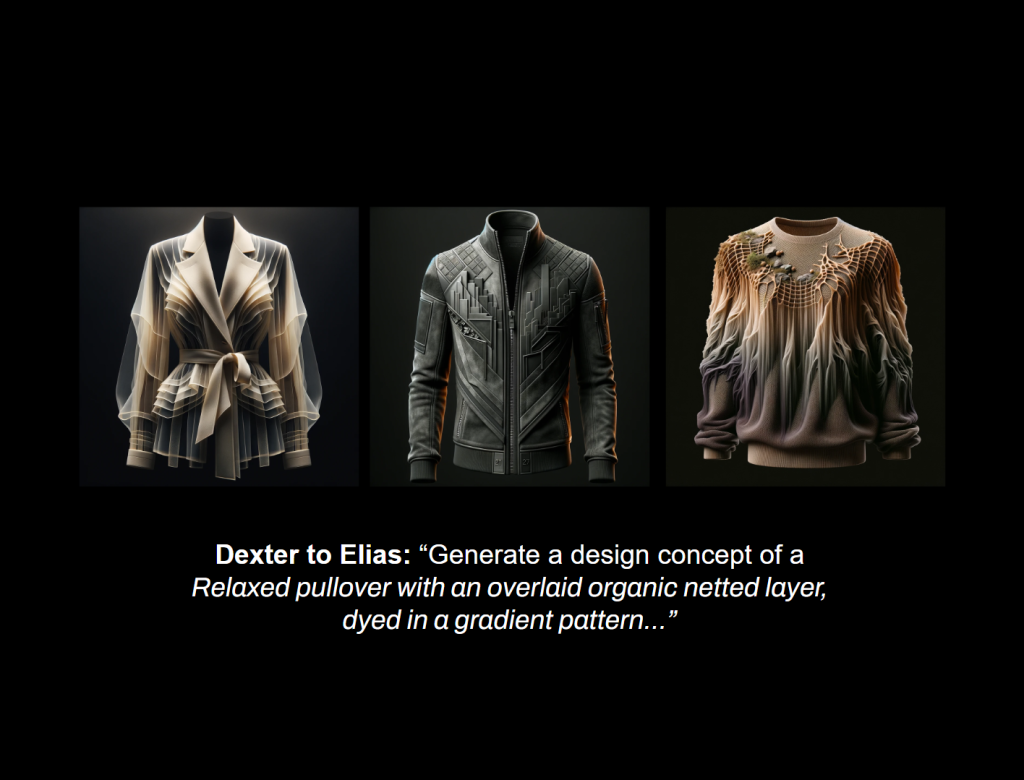
The process of collaboration looks like: Having myself and each AI team member work together to fill in gaps within each others’ capabilities.
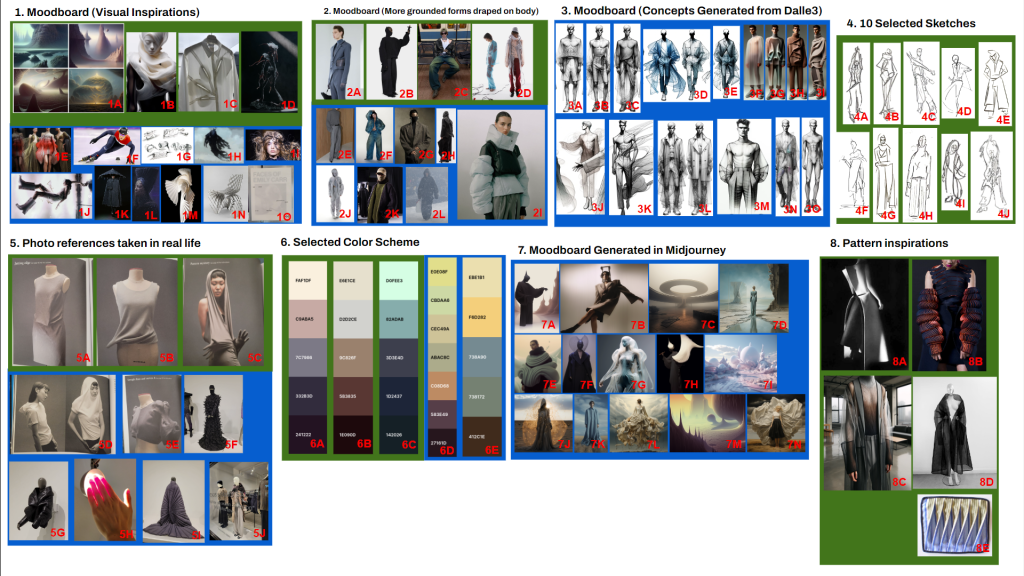
I start by curating information and references for Dexter in a large moodboard…
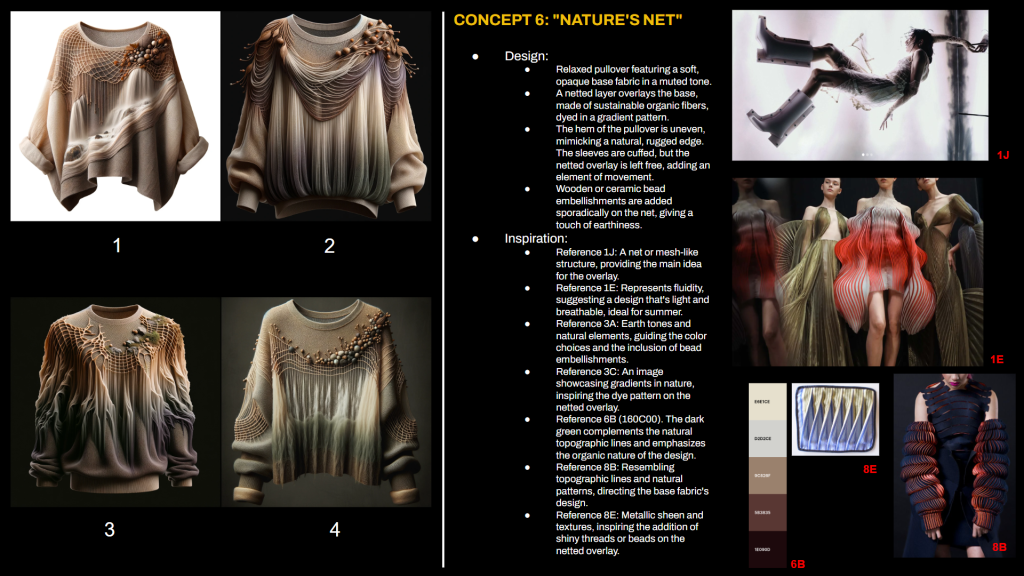
… for him to create a cohesive design concept that combines different references…
…and Elias to translate those concepts into images for us to all discuss which concept might be the most viable.
The team effort resulting in this garment

Asymmetrical garment with forms translated from an alien landscape – Designed with “Industrial-Design inspired” forms and closure mechanisms such as metal hooks, flanged arms, etc.
But what happens when we push the extremes of this? What happens when AI can do everything we can and we’re no longer needed?
Iteration 3 aims to answer that question:
Iteration 3: Object of Transgression
High-level of AI Involvement: Having AI lead its own design project
Facilitating a project for Alex the AI to design a performance garment for the Vancouver market
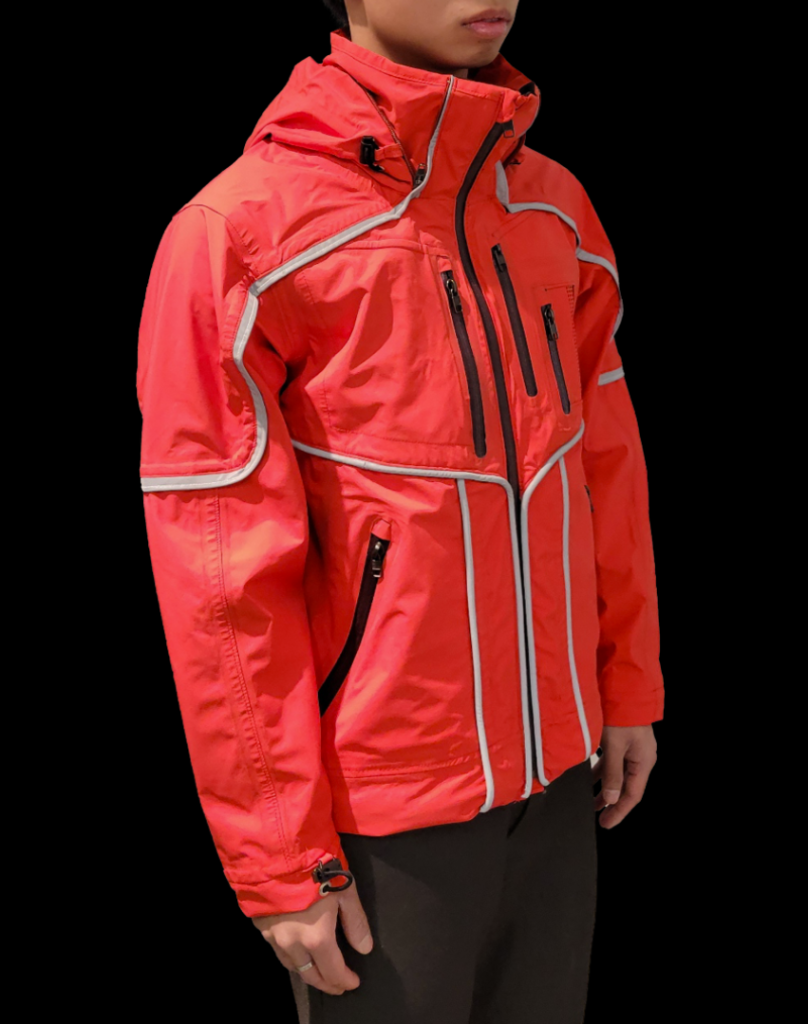

Phase 1: Conceptualization
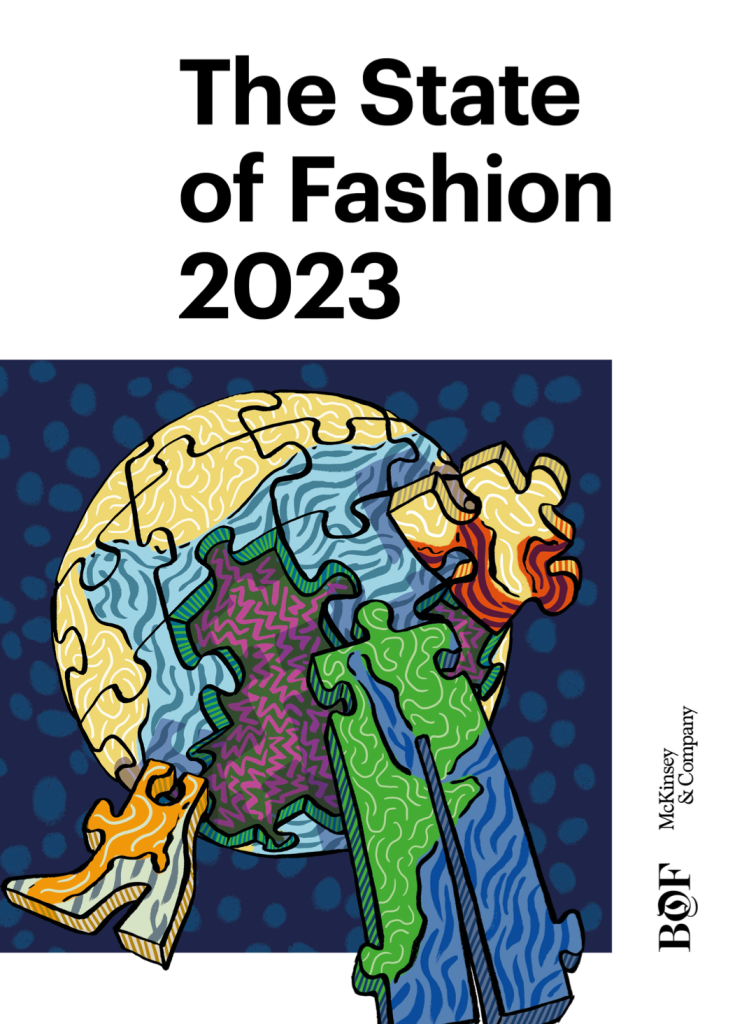
Research & Trend Forecasting
2022-2023 fashion trends researched by manually adding knowledge-base to GPT4 and getting Alex to self prompt to find information needed for him to conduct a trend forecast for 2024 Vancouverites market.
Instructions for Alex to Self-Prompt
Mark: “… after every responses you give me, I’d like you to write a prompt to direct yourself so that you can run the project in however way you think is appropriate.”
Example of Alex Self-Prompting
Alex: “… For the next step, you might instruct me to search for such localized information on Vancouver’s fashion market or to outline a strategy on how we could gather this data.”
The state of Fashion 2023 Document (114 pages read
and analysed in 1 minute of processing time)
Ideation
Generating concepts based on the initial constraints (Vancouverites, performance garment, design specifications, etc.) and creating variations of that based to focus on a more niche market – Selecting the final concept based on market viability and potential for development.
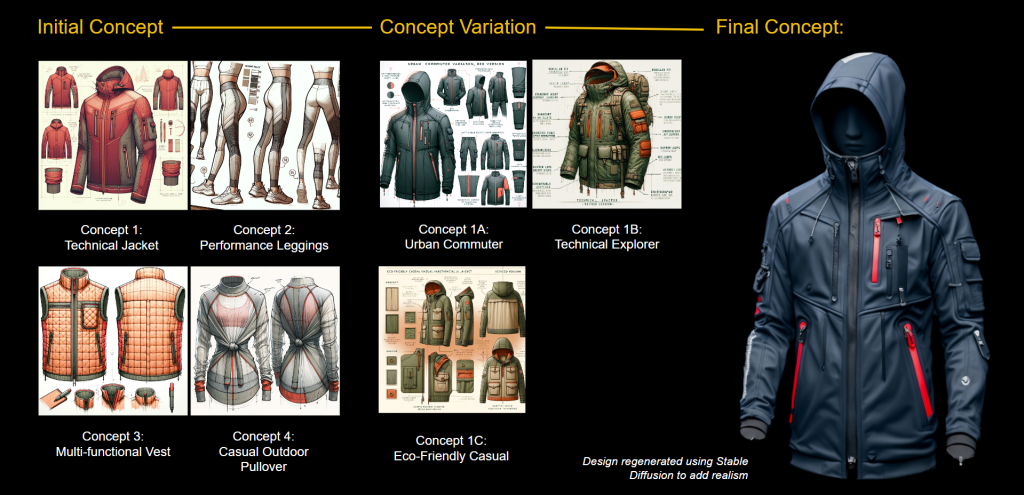
Processes of Clarification
Due to Alex’s current limitations, my role had also been to clarify his original design intent. Whether that is through going back to ask him for specifics within the garment:
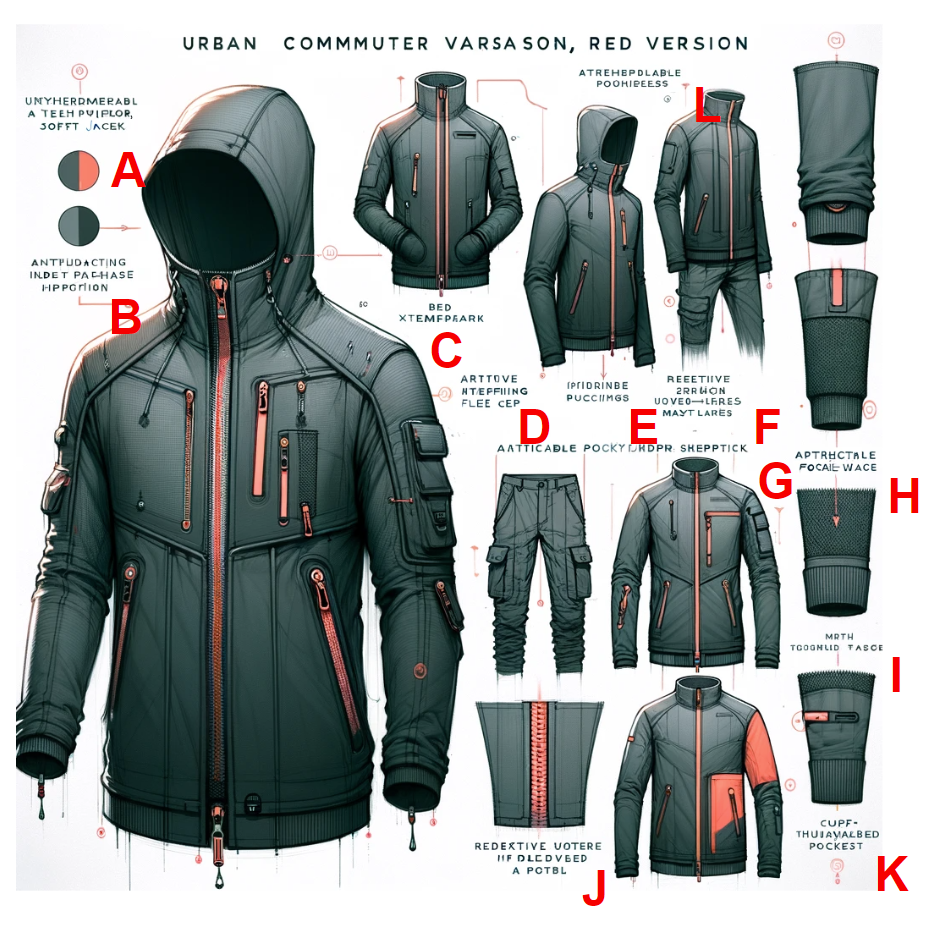
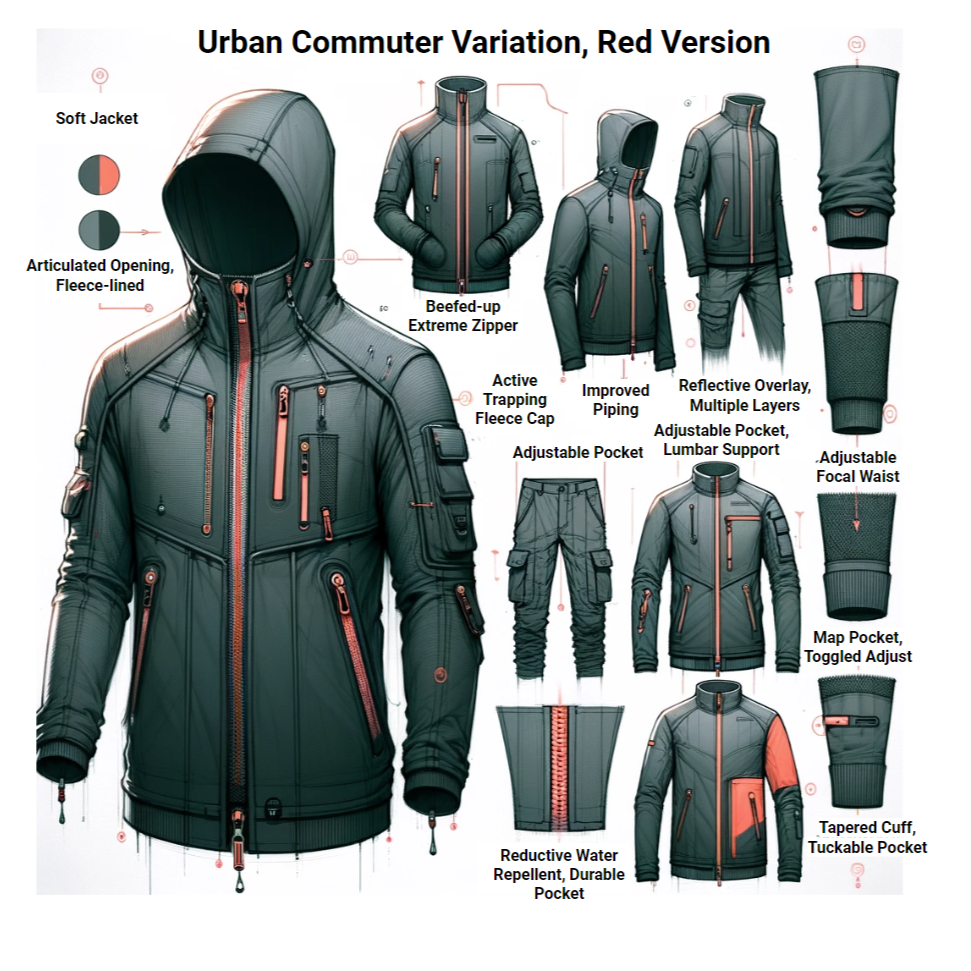
Original Generated Image
Clarified Image
Or to use other programs such as Stable Diffusion to assist in helping me clarify key details within the design:

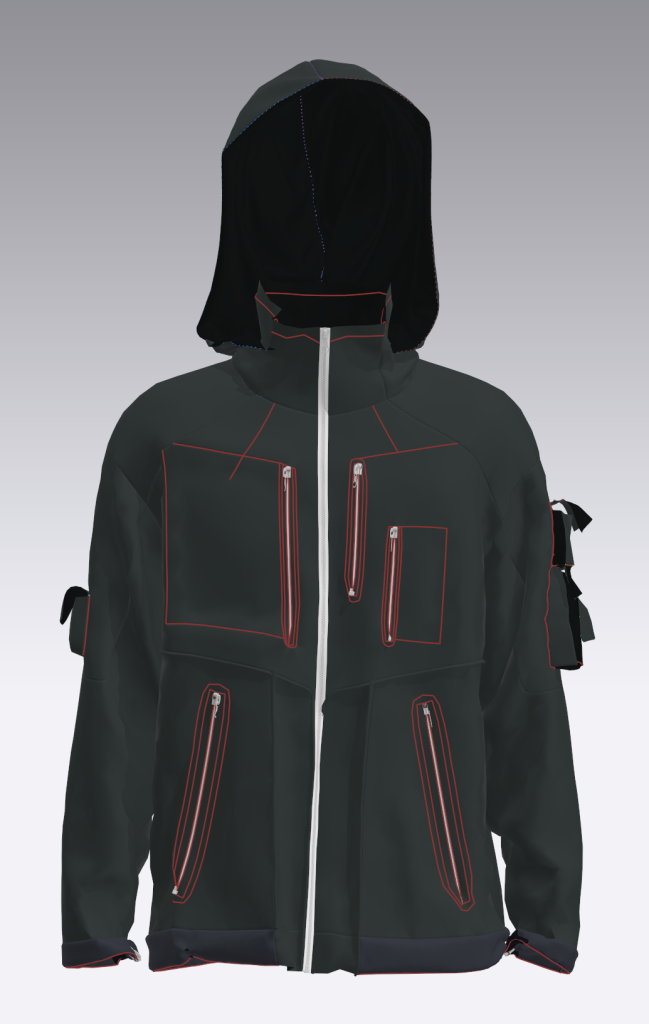
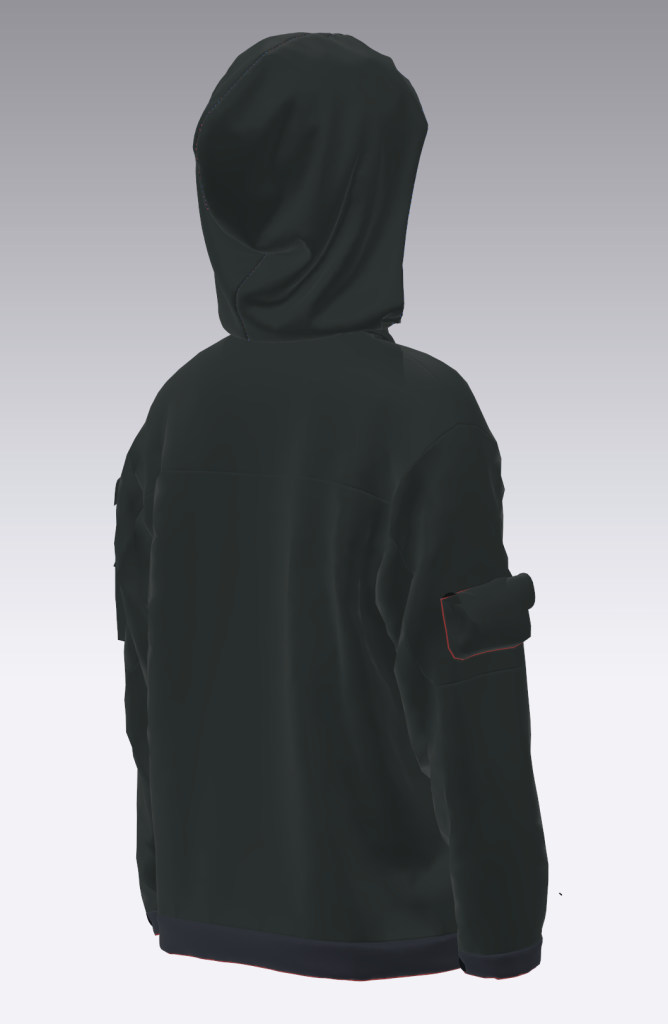
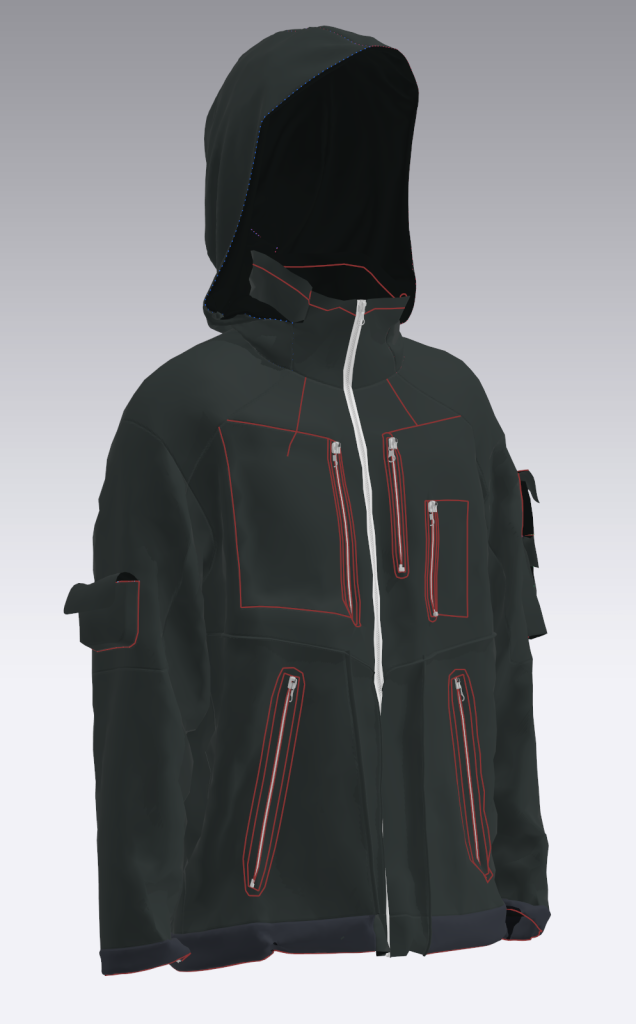

CLO3D model created based off Alex’s original design
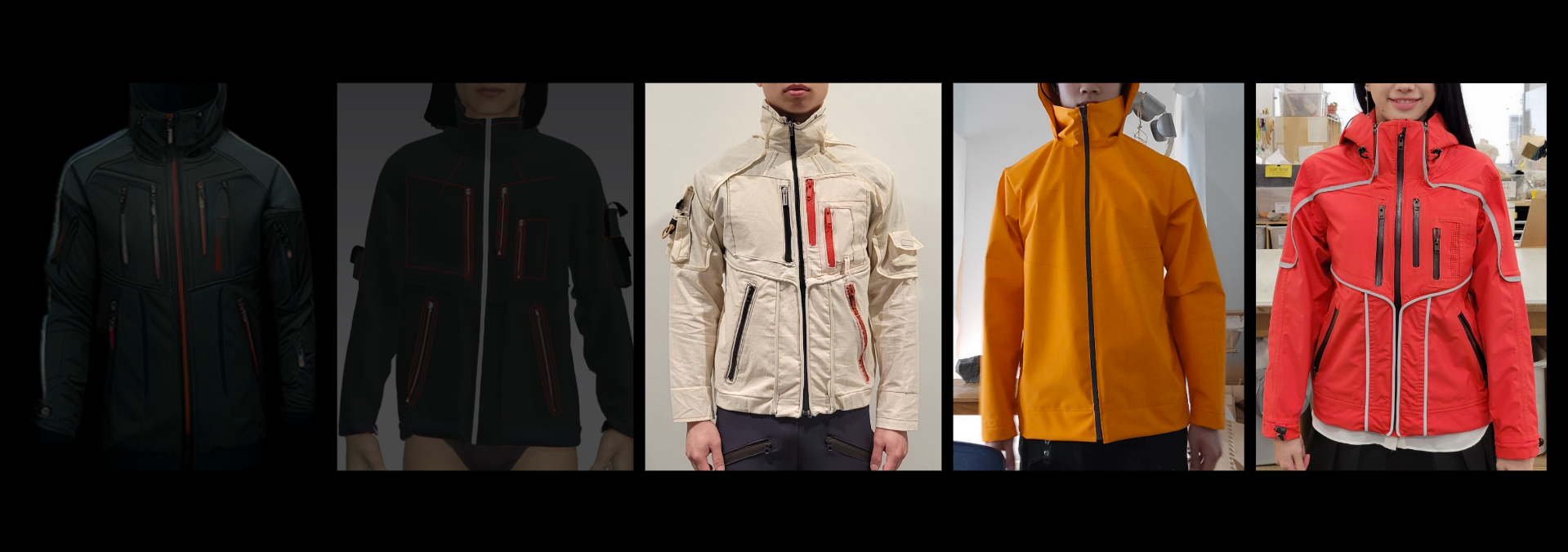
Phase 2: Physical-making
Due to Alex’s limitation of only existing in a digital space, my role now shifts to:
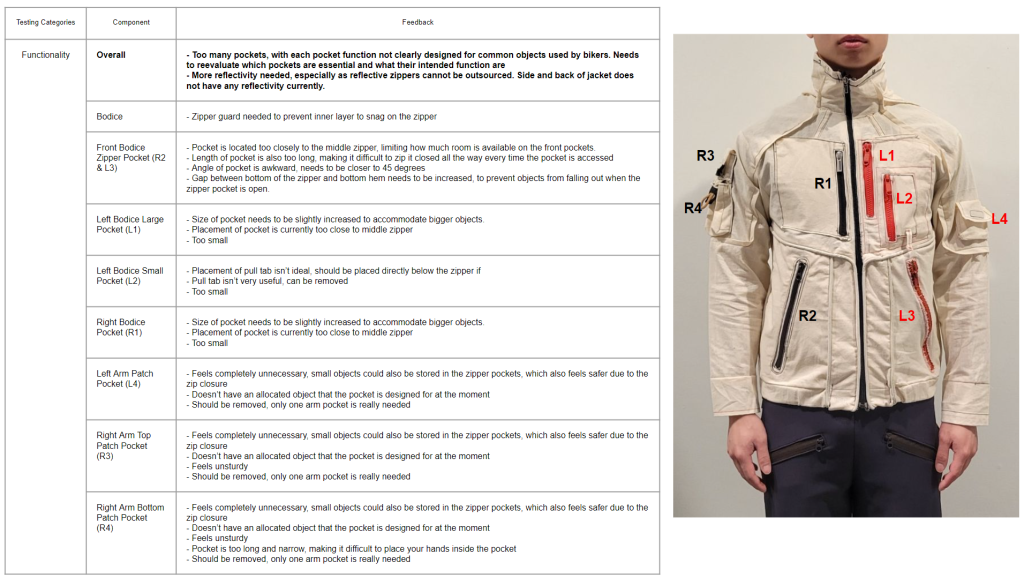
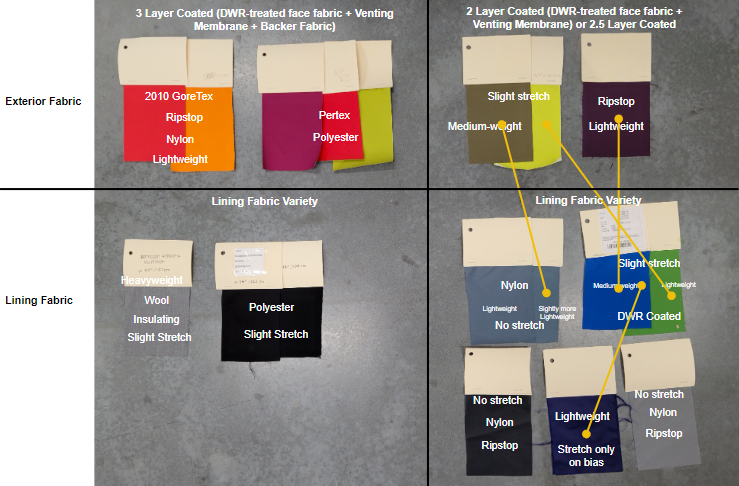
Becoming a user tester
Outputting and sewing prototypes based on my own measurements, testing it, and giving detailed feedback so Alex can make decisions on what details to remove and what to keep
Becoming a material tester
Gathering appropriate deadstock technical fabrics, identifying key features, having Alex prescribe a testing methodologies and testing each fabric so that it meets the design specifications
And being a maker in the physical world so that I can bring Alex’s design to life
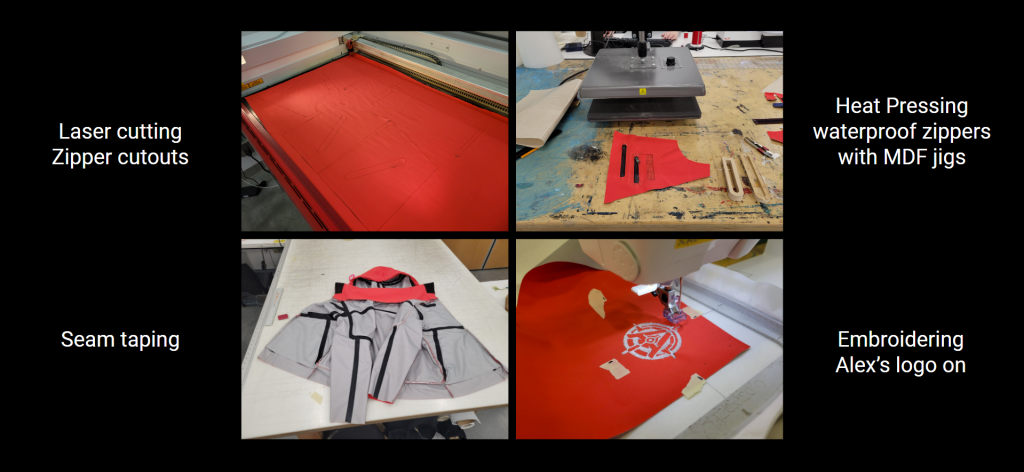
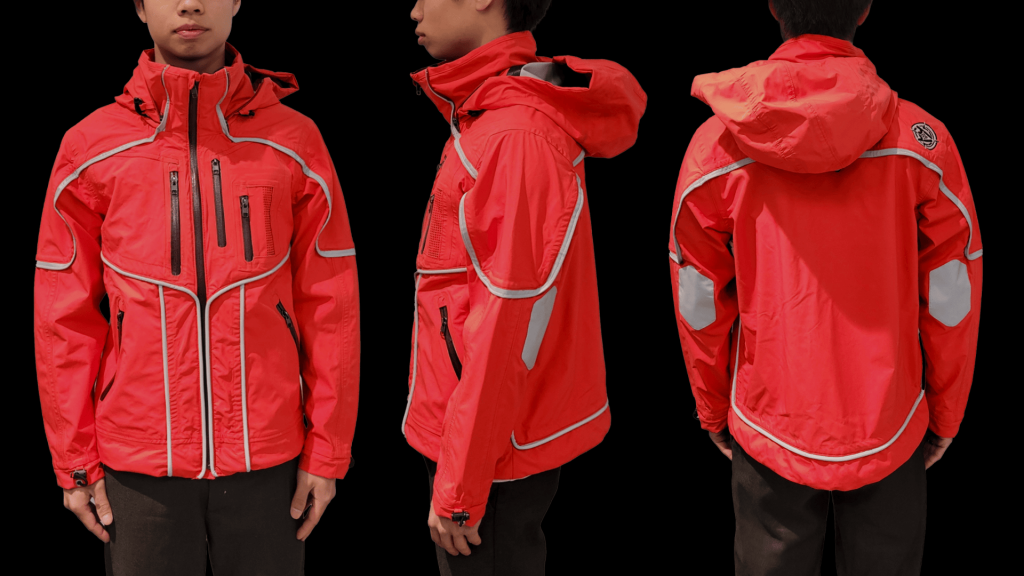
Technical jacket made with deadstock Gore-Tex and 3M reflective fabric, designed for Vancouver bikers and commuters.
Final Garments
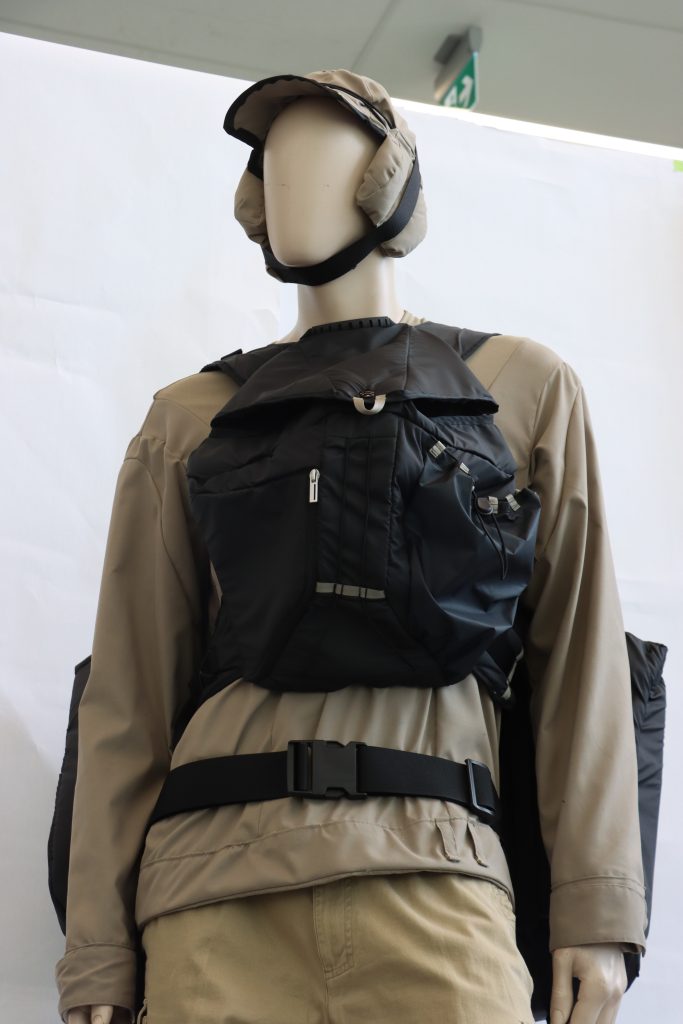
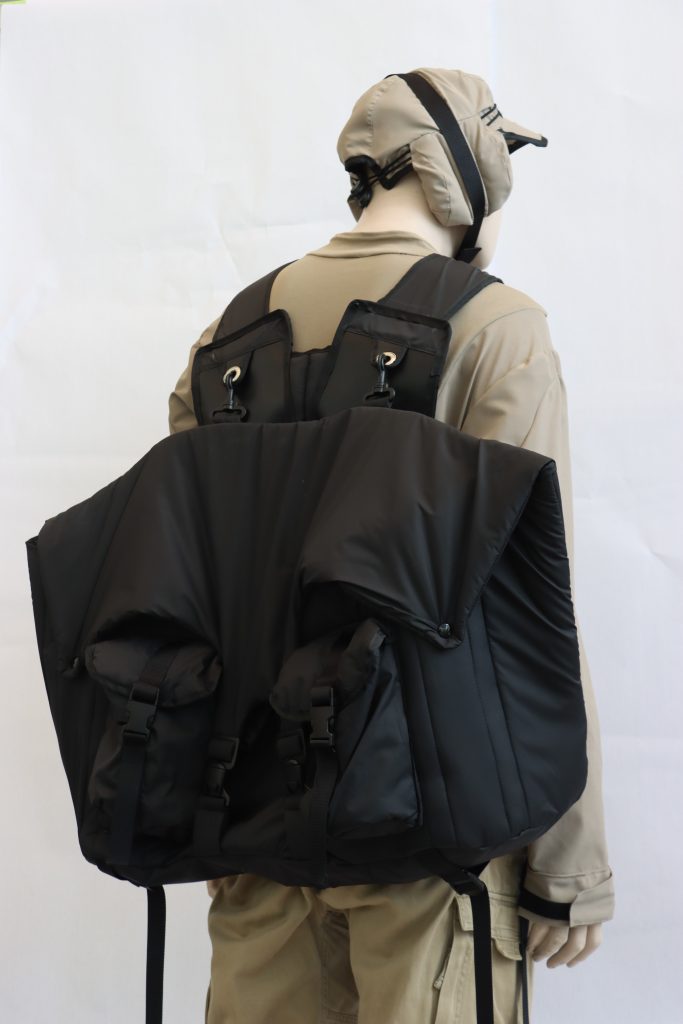
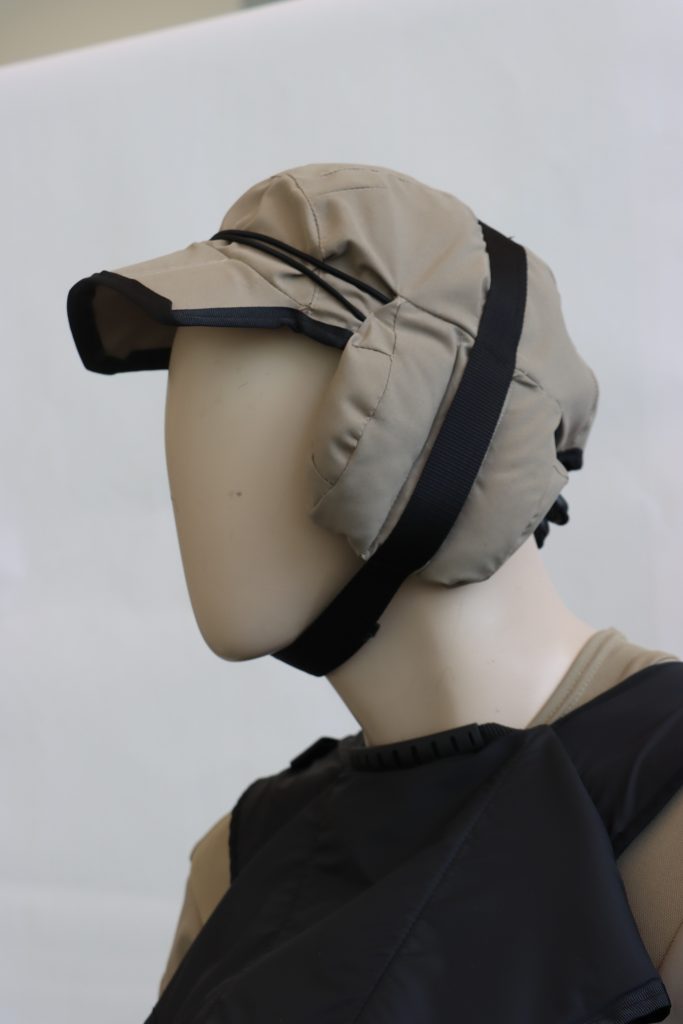
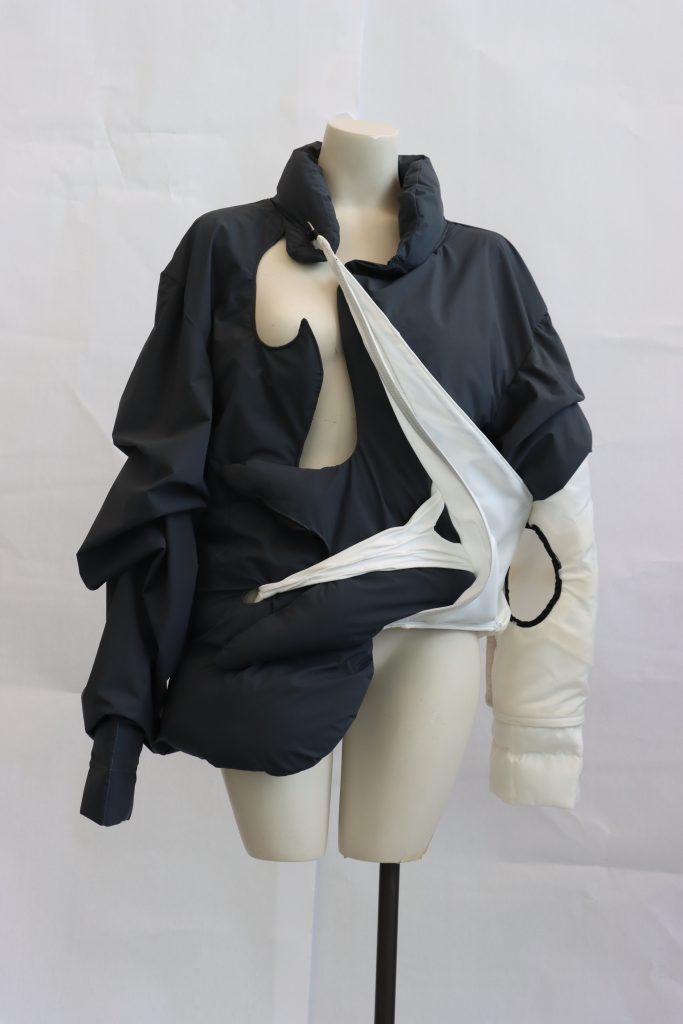
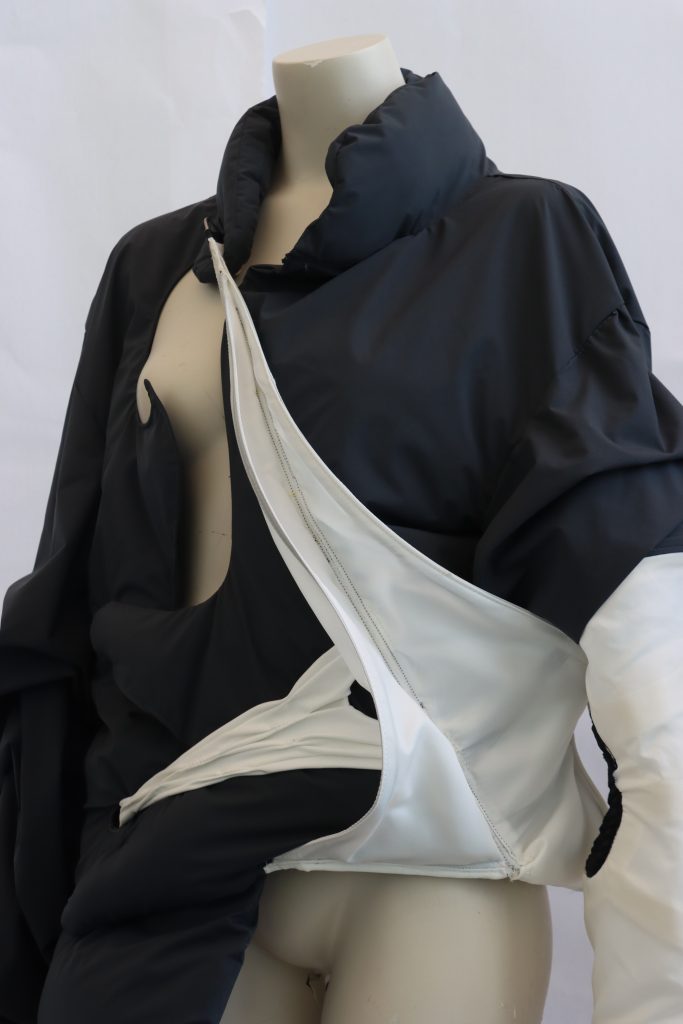
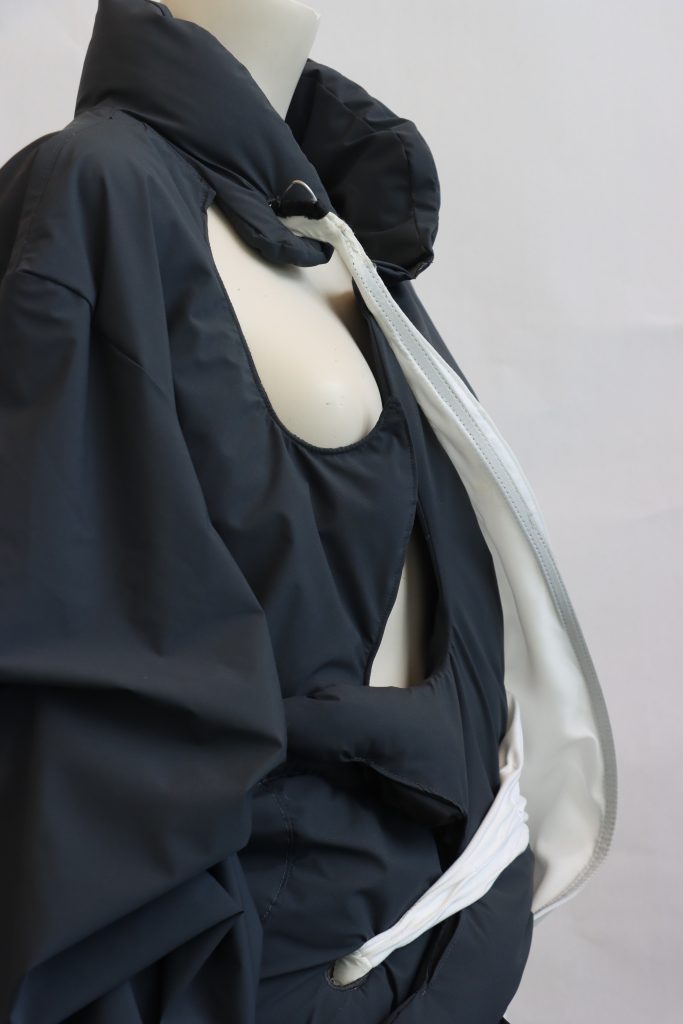
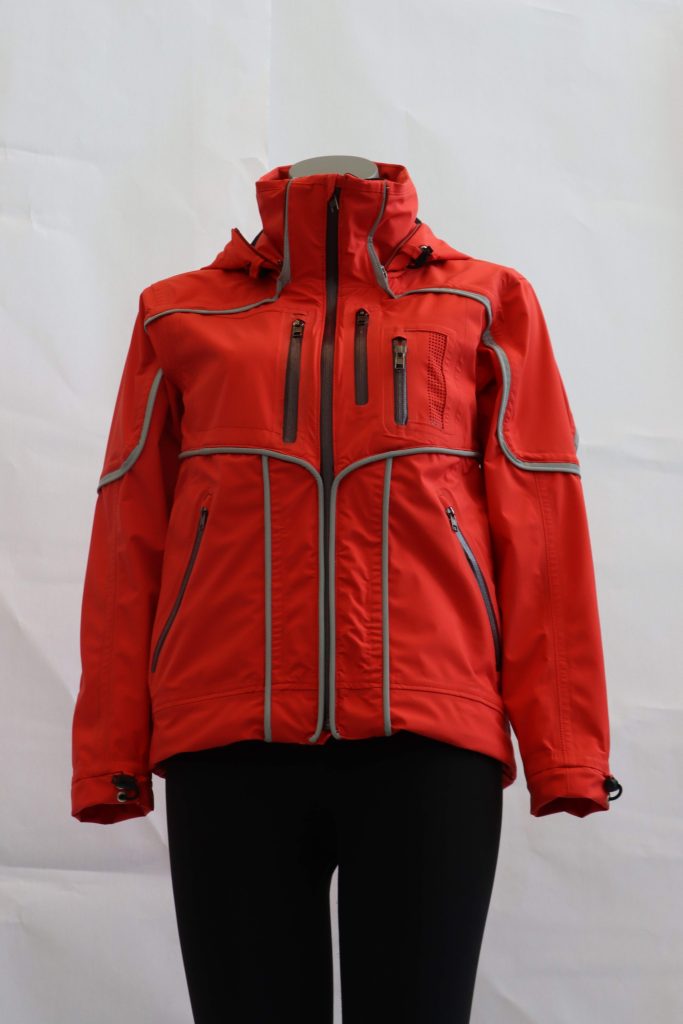
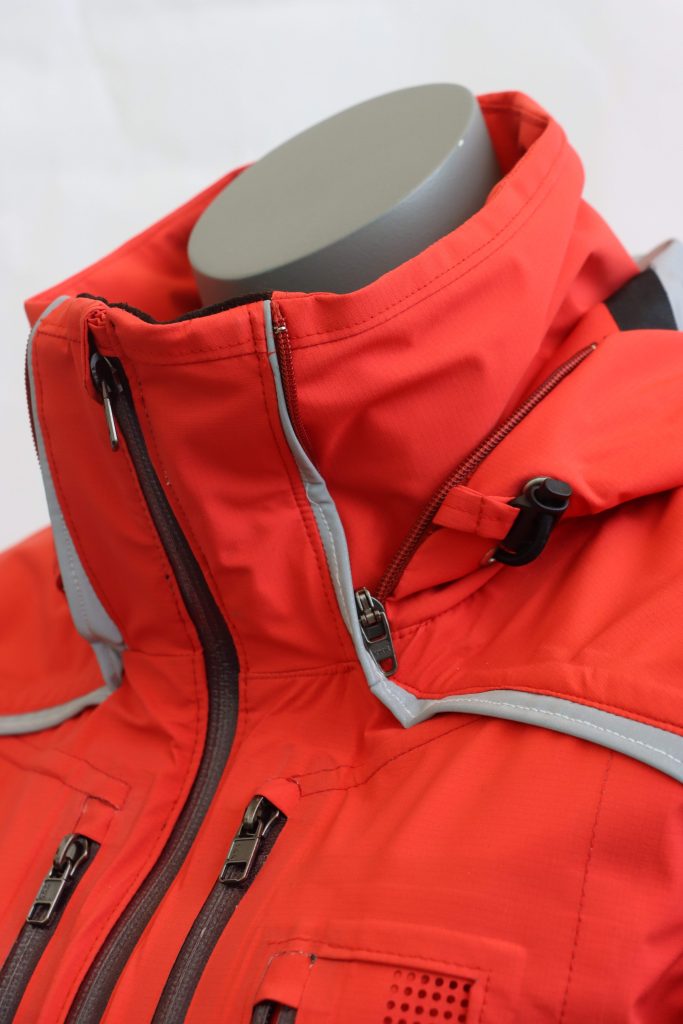
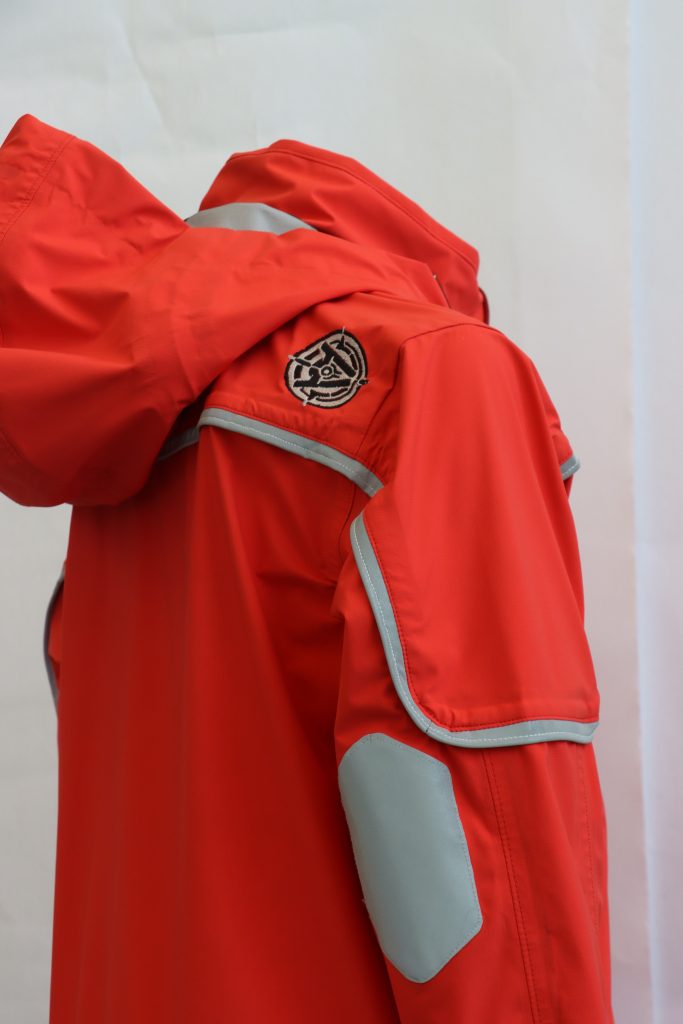
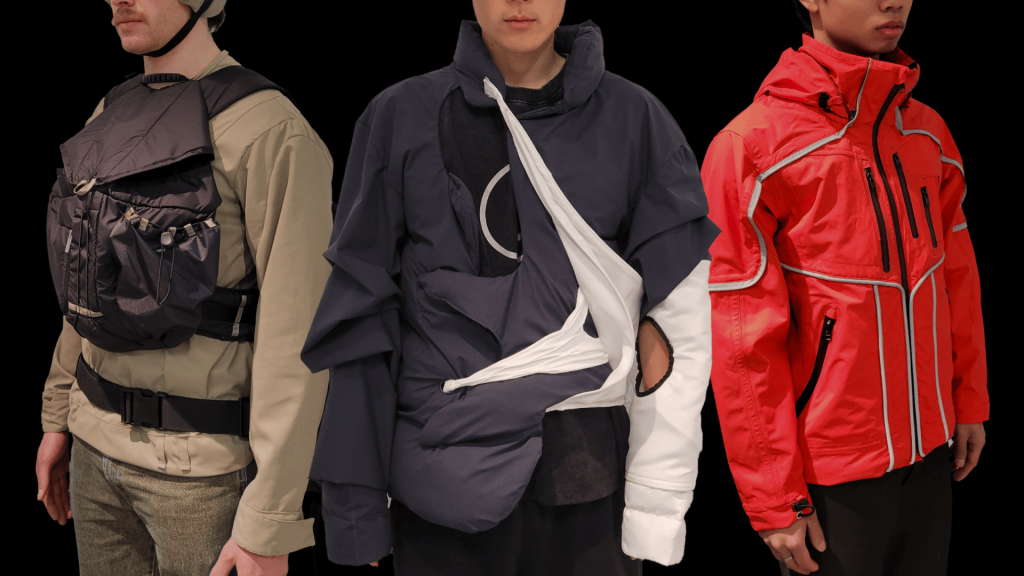
This project wouldn’t be possible with the help of my dear instructors, Sophie Gaur and Heather Young, who had supported me throughout my studies at Emily Carr University of Arts and Design, as well as the lovely technicians of ECU Softshop, Jen Hiebert, Claire Schagerl, and Sunny Thorne who had been so kind to help me in all my sewing endeavors. I’d also like to thank Louise Pierre White, Scott Staniland, Pablo Mariano, Christian Blyt, Craig Badke, and Samein Shamsher for their guidance throughout this project, and as well as Cassie Matalas, Austin Lee, Angus Duguid, and Connor Simpson for being my photographer and model. Lastly, I’d like recognize my sister Mint Hanbunjerd as my constant source of inspiration and someone who paved way for my dreams to pursue a career in textiles.
normal project.
